2019 BMW 330i XDrive Review - Wider Waistline, Still Balanced

2019 BMW 330i xDrive Fast Facts
A lot of us pack on pounds as we age. I should know – it happened to me as I voyaged through my 30s.
We all know it’s been happening across the car world, too. Just about every model has grown in size and packed on pounds over the past two decades.
Problem is, that turns some vehicles that were once known as svelte sports sedans into bloated versions of themselves. The good news is that some of these vehicles can still do a lot of what they once did – but the swell is unfortunately noticeable.
The 2019 BMW 330i xDrive sedan is both a victim of the ravages of aging and a good example of how clever engineering can mitigate some of the problems.
While the nimbleness of previous generations – the Bimmers that bring big bucks on Bring a Trailer – is gone, it’s important to remember that things are relative, and compared to others in its class, the 330i xDrive still feels quite lithe.
It’s also a relatively relaxed highway cruiser; the upsizing isn’t all bad. I say relatively, because the ride errors on the side of firm, as is proper in a German sport sedan, but it’s still comfortable enough that two long freeway slogs on the same day weren’t terribly taxing.
BMWs once had arguably the best steering feel in the industry, at least among luxury sport sedans, but the advent of electronic power-steering systems has changed the game somewhat. This one is weighted nicely and the overall feel is good, but you can’t help but feel some artificialness in its operation, especially if you aren’t dialed into sport mode (which does make the car a more willing dance partner overall when selected). Speed-sensitive power assistance is standard, and if you have the M Sport package, which my car did, you get variable-ratio steering. Artificial the feel may be at times, but the 3 is responsive, ready to flex when called upon.
My test unit didn’t have the optional adaptive suspension, but it still felt fairly well dialed-in.
The 2.0-liter, twin-scroll turbocharged four-cylinder powers the car nicely despite the over 3,700-pound curb weight and the extra pounds put on by the all-wheel-drive system. Low-end grunt helps – all 295 lb-ft of torque are available as low as 1,500 rpm. The power gets to ground via an eight-speed automatic transmission.
[Get new and used BMW 3-Series pricing here!]
It all adds to up a balanced package, but you can’t help but wistfully pine for the lighter 3s of yore. That’s true even when you account for the amount of safety and convenience features packed into every modern car – what do you think has caused all that weight gain?
Some of those features include BMW’s loved or loathed iDrive infotainment system, which has improved in terms of user-friendliness over the years – the learning curve is much less steep, and you can get through menus much more easily. Wireless Apple CarPlay does make life simpler, for the most part.
The 3 Series still looks the part – BMW styling has been more evolutionary than revolutionary over time. Inside, the theme is future tech. There’s lots of orange and black coloration in the infotainment and gauge cluster fonts. The instrument layout is linear and button-heavy, with the main infotainment screen peaking over the top of the dash like a pop-up. Metallic look is a heavy theme, at least for this particular test unit.
Not only have cars gotten fatter, but so have sticker prices. You knew that, of course, and obviously, costs typically rise over time. But this Bimmer compact will cost ya.
How much? Nearly $60K as tested, and unlike many press cars, it wasn’t fully loaded. Well-equipped, sure, but not every option box was ticked.
We start at $42,250 for standard features such as LED headlamps, USB, Bluetooth, iDrive, automatic climate control, moonroof, and rain-sensing wipers.
Black Vernasca leather upholstery added $1,450, and a Driver Assistance Pro package added $1,700 and included traffic-jam assist and active driving assistant. The M Sport package added five grand and included the variable-ratio steering, keyless entry, lumbar support, and satellite radio. For $2,800 more, the Premium Package adds heated front seats and steering wheel, head-up display, connectivity package, navigation, more USB ports, digital gauges, larger infotainment system, 20 GB hard drive, and Apple CarPlay. A $2,100 Executive package adds ambient lighting, gesture control, and parking assist.
Remote start adds $300, wireless charging for your phone, $500, and Harmon Kardon audio, $875. With the $995 destination fee, the total sticker on this test unit checked in at $57,420.
I liked the 3’s balanced nature, and I can even live with its growth over time – all cars are larger and heavier now. The ‘90s Accord I owned in the Aughts is smaller than the current Civic. Cars are also safer now, and we have nicer interiors. There are benefits.
Still, there may be room to cut some weight here, to fully unlock this sport sedan’s potential. It’s engaging to drive, but it just feels a bit bloated.
Only a bit, but enough to detract ever so slightly from the experience.
There’s a lot this Bimmer can do, and do very well. All it really needs is a diet.
[Images © 2020 Tim Healey/TTAC]

Tim Healey grew up around the auto-parts business and has always had a love for cars — his parents joke his first word was “‘Vette”. Despite this, he wanted to pursue a career in sports writing but he ended up falling semi-accidentally into the automotive-journalism industry, first at Consumer Guide Automotive and later at Web2Carz.com. He also worked as an industry analyst at Mintel Group and freelanced for About.com, CarFax, Vehix.com, High Gear Media, Torque News, FutureCar.com, Cars.com, among others, and of course Vertical Scope sites such as AutoGuide.com, Off-Road.com, and HybridCars.com. He’s an urbanite and as such, doesn’t need a daily driver, but if he had one, it would be compact, sporty, and have a manual transmission.
More by Tim Healey
Latest Car Reviews
Read moreLatest Product Reviews
Read moreRecent Comments
- FreedMike Sounds like an excellent way to waste a ton of money.
- Theflyersfan 175K what...miles? Kilometers? Yards? Is this the one Land Rover in the universe that made it over 100,000 under its own power? I'd be too afraid to drive it daily. Just waiting for the first dash light - it always starts with just one - before the Christmas tree lights up, something sputters or stumbles, and then you're on the side of the road, miles from nowhere, with the toxic smell of frying electronics spewing from each vent. If you and your loved ones are into unplanned surprises and pain, go for it. If a beach vacation in Somalia mixed in with some overland trekking in Chechnya is your idea of best vacation ever, we have a vehicle for you. If you think your local Land Rover dealer has the best coffee in town, and you don't mind hours of HGTV on their waiting room TV, go for it. Just update your Facebook page regularly as the rest of us want to read the carnage.
- Ajla While this won't be a GX460, it probably isn't any worse a purchase than a Lincoln or Cadillac.
- 1sowa Its clearly the "Honda Anyone"
- Oberkanone Nope. Never. Run away. Unreliable money pit.



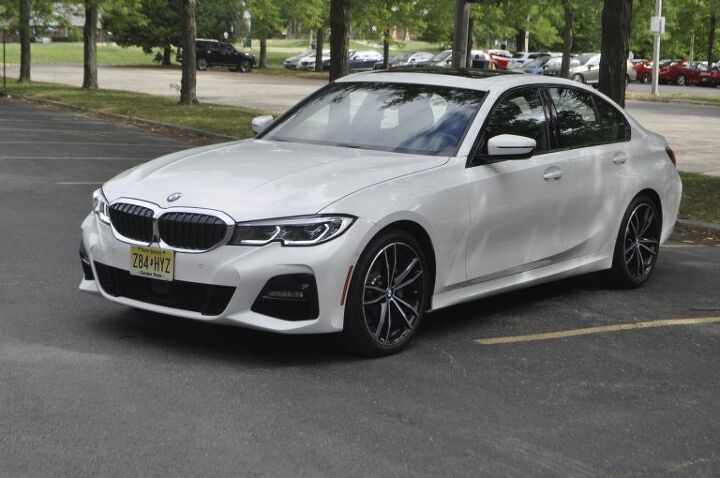

















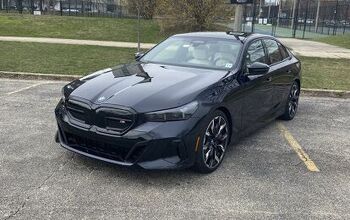

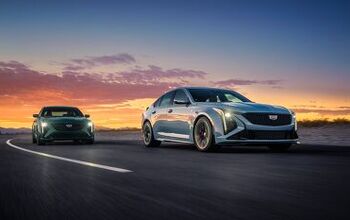
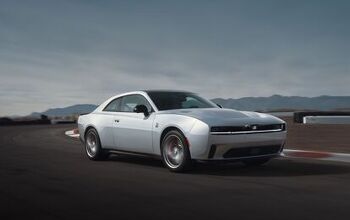
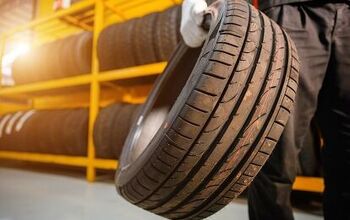
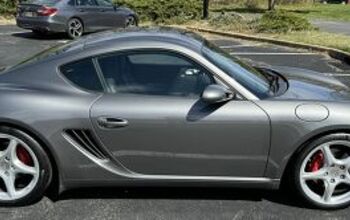
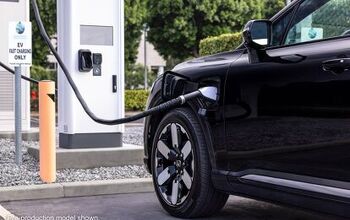


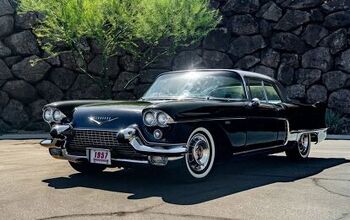
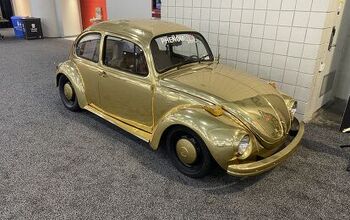
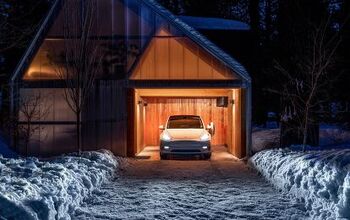
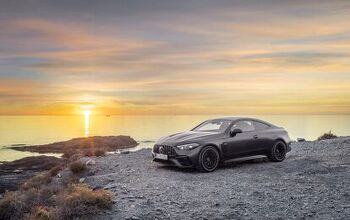

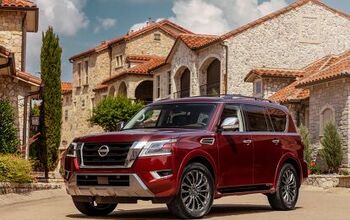
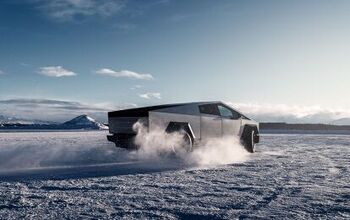
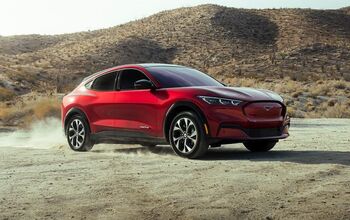
Comments
Join the conversation
I think it's more fair to compare this against 5 series of the old days. In that regard it's a significant improvement objectively. The 2 is the spiritual successor of what we call 3s. Dimensionally it's essentially identical to the E46 M3. And it's an absolute riot to drive. Ditch the fixation on model continuity and evaluate cars through relative objectivity. There are still things I'm not crazy about, but as long as the 2 and Z exist I won't completely give up on BMW.
Not only do most folks not put handling or ride/handling balance at the top of the priority list, if you have a car that handles well and you use it, you are driving too aggressively. Many folks are scared of the kind of driving that rewards a well handling vehicle. Honestly, if you have a car that will pull .85g on the skid pad, most of today's drivers will give up at .65. We are wusses when it comes to driving. Crowded roads do not help in that regard in addition to low skill levels in most drivers.